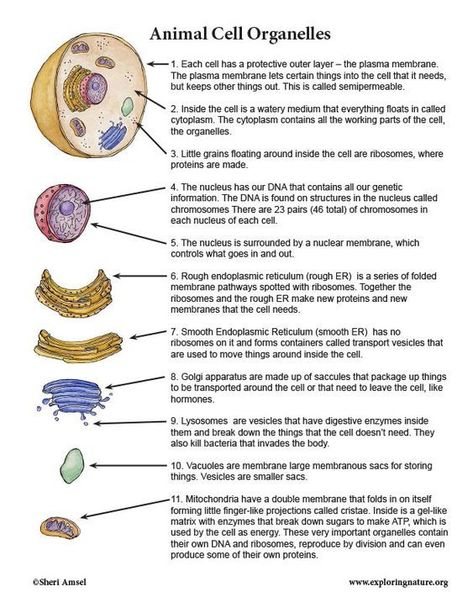Our natural world also utilizes the principle of form following function, especially in cell biology, and this will become clear as we explore eukaryotic cells. Unlike prokaryotic cells, eukaryotic cells have: 1) a membrane-bound nucleus; 2) numerous membrane-bound organelles such as the endoplasmic reticulum, Golgi apparatus, chloroplasts, mitochondria, and others; and 3) several, rod-shaped chromosomes. Because a eukaryotic cell’s nucleus is surrounded by a membrane, it is has “true…
315































